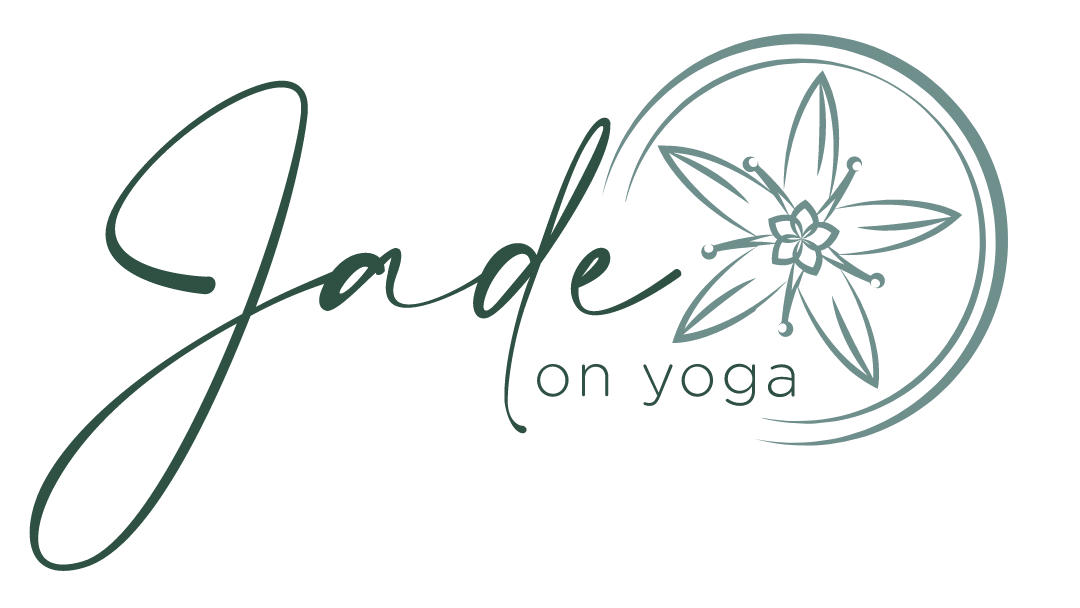Your cart is currently empty!

When we talk about workplace stress, the feelings – worry, anxiety, overwhelm – usually comes to mind first. But have you ever wondered what is actually happening inside your body during those demanding moments?
As professional women navigating busy careers, understanding this hidden biological dance isn’t just fascinating; it’s a crucial step towards sustainable energy and true well-being. It’s about moving from feeling powerless against stress to becoming empowered by understanding it.
Your Body’s Built-In Alarm System
Think of your stress response as an ancient, incredibly effective emergency protocol. When you face something stressful – a sudden deadline, challenging feedback, or that feeling of juggling too many priorities – your brain sounds the alarm.
What makes something stressful? Dr. Sonia Lupien, a leading researcher from the Centre for Studies on Human Stress, points to four key ingredients often remembered by the acronym N.U.T.S.:
- Novelty (Something new and unfamiliar)
- Unpredictability (No way of knowing what’s coming)
- Threat to ego (Feeling your competence is questioned)
- Sense of low control (Feeling unable to influence the situation)
When your brain detects these elements, it kicks off a chain reaction involving your hormonal system, it triggers what neuroscientists call the hypothalamic-pituitary-adrenal (HPA) axis.
The Stress Response Unfold
This response happens in stages:

Phase 1: Alarm (Instant Reaction)
Almost immediately, you get a surge of adrenaline. Your heart beats faster, your breathing quickens, muscles tense, and energy (sugar and fats) floods your system. You’re primed for action.
Phase 2: Resistance (Staying Alert)
If the stress continues, cortisol, often called the stress hormone, takes center stage.
It keeps your energy levels high and your focus narrowed, essentially keeping the alarm bells ringing. Your immune system might even get a temporary boost before starting to dial back.


Phase 3: Recovery or Exhaustion (The Aftermath)
Ideally, once the stressor passes, your body returns to balance.
But here’s the catch for modern life: Many workplace stressors aren’t short-lived threats we can fight or flee. They’re ongoing pressures.
As endocrinologist Dr. Maya Rodriguez highlights, the system designed to save us in short bursts becomes harmful when constantly activated by psychological stressors that don’t physically resolve. (Rodriguez et al., 2024).
This leads to exhaustion, where the system struggles to return to baseline.
The Unique Stress Landscape for Professional Women
Research suggests that professional women can experience and process workplace stress differently:

- Cortisol Rhythms: A 2023 study found women in leadership often show prolonged cortisol elevation throughout the day, especially when managing team dynamics or multitasking, compared to men’s more spike-like responses during direct conflict (Rodriguez et al., 2024). This resonates with that feeling of being always on.
- Heart sensitivity Work from the Cleveland Clinic indicates women’s cardiovascular systems might react more strongly to interpersonal conflicts or feeling evaluated at work (Cleveland Clinic, 2023 – Note: Link to specific research if available).
- Tension patterns: Ever notice persistent tension in your shoulders, jaw, or even pelvic floor? Studies noted by workplace ergonomics specialist Dr. Elizabeth Chen show women often hold stress physically in these specific areas, contributing to headaches and back pain (Chen & Taylor, 2024). Does this sound familiar? Recognizing these patterns is a form of mindful self-awareness.
.
When Stress Becomes Chronic: The Body Pays the Price
If your body’s stress system is constantly on, without completing the cycle back to calm, it takes a toll:

Weakened Immunity: Chronic stress makes it harder for your body to regulate inflammation and fight off bugs, as research from Carnegie Mellon University shows (Carnegie Mellon University, 2023). You might notice you catch colds more easily or take longer to heal.
Brain Fog & Decision Fatigue: Neuroimaging reveals chronic stress can actually shrink areas of the brain vital for planning and memory, while enlarging the brain’s fear center. This impacts focus, decision-making, and emotional regulation.
Metabolic Mayhem: Lingering high cortisol can encourage belly fat storage, disrupt blood sugar balance, and mess with hunger signals.
Sleep Sabotage: Stress deeply impacts sleep quality, reducing restorative deep sleep and causing more nighttime awakenings, which then makes you more sensitive to stress the next day – a draining cycle.
Recognizing Your Personal Stress Signature
While the biology is similar, how stress shows up is unique to you. Do you first notice racing thoughts? Irritability? A knot in your stomach? Or maybe you start procrastinating? Researchers often categorize these signs:
- Cognitive: Racing thoughts, difficulty concentrating, memory issues, negativity.
- Emotional: Irritability, anxiety, feeling overwhelmed, low motivation.
- Physical: Headaches, muscle tension (shoulders, jaw), digestive upset, fatigue, sleep problems.
- Behavioral: Procrastination, changes in eating, withdrawal, lower productivity.
Getting curious about your specific pattern – your “stress signature” – is incredibly empowering. What are your earliest warning signs?
Completing the Cycle: Reclaiming Your Calm
Here’s the most hopeful part: You can consciously help your body complete the stress response cycle. Our ancestors did this naturally through physical exertion after facing a threat. We often need to build this in deliberately.
As Drs. Emily and Amelia Nagoski state in their book Burnout, completing the cycle is essential to signal to your body that the threat has passed and allow those stress chemicals to dissipate.
Science-backed ways to do this include:
- Movement: Even short bursts! Shake it out, dance for 60 seconds, take a brisk walk, stretch. Movement signals safety.
- Breath: This is powerful! Specific breathing patterns directly shift your nervous system.
- Sensory & Social: Cold water on your wrists, calming scents, genuine connection with someone supportive, laughter, or even a good cry can help release the tension.
- Creative Expression: Doodling, journaling, or any creative outlet can help process stress.
Try This Now: The 4-4-6 Breath (A 90-Second Reset)
This technique, is simple but rooted in science:
- Inhale gently through your nose for a count of 4.
- Hold softly at the top for a count of 4.
- Exhale slowly through your mouth (or nose) for a count of 6.
- Repeat for 90 seconds.
Why it works: The longer exhale is key – research from the HeartMath Institute confirms it rapidly activates your calming (parasympathetic) nervous system. The brief hold helps regulate heart rate and blood pressure. And 90 seconds is often enough to start shifting your nervous system state.
Make it yours: Try it seated with feet grounded. Place a hand on your heart or belly. Focus on the feeling of breath, letting your body soften with each exhale. This is mindfulness in action.
From Understanding to Action
Knowledge is power, but practice creates change.
This Week’s Invitation (Not a Chore!)
- Notice Your Signature: Gently observe your stress signs over the next few days. When do they pop up? What are your first clues? No judgment, just curious awareness.
- Practice the 4-4-6 Breath: Try incorporating this 90-second pause twice a day. Maybe before meetings, during a coffee break, or as you transition from work to home. Explore where it fits best for you.
- Complete the Cycle Daily: Choose one simple way each day to help your body metabolize stress – a short walk, laughing with a colleague, stretching, mindful breathing.
Remember, the goal isn’t a stress-free life (that’s unrealistic!), but building resilience by ensuring your body regularly finds its way back to balance. This is about nurturing yourself (another core value!) so you can thrive.
References:
- Lupien, S. (2023). The Science of Stress: Understanding Your Body’s Response to Workplace Challenges. Oxford University Press.
- Rodriguez, M., et al. (2024). “Gender differences in workplace stress physiology.” Journal of Occupational Health Psychology, 29(1), 112-128.
- Cleveland Clinic. (2023). Women’s Heart Disease Research Initiative: Stress and Cardiovascular Risk Factors.
- Chen, E., & Taylor, J. (2024). “Muscle tension patterns in sedentary professionals: A comparative analysis.” Applied Ergonomics, 105, 103862.
- Carnegie Mellon University. (2023). “Chronic Psychological Stress and the Regulation of Pro-Inflammatory Cytokines.” Psychological Review, 130(4), 601-630.

Leave a Reply